An anti-cut policy would benefit all students
You played your hardest, struggled to find time to do schoolwork, and ached throughout the night for a week or more. Every effort was made to secure a spot on the team, yet at the end of tryouts, your name embarrassingly does not appear on the list unlike everyone else around you.
This scenario is an unfortunate one seen too often in high school sports. As children begin to play highly competitive and extremely physical sports at younger ages, it’s no wonder that the high school level is beginning to see some changes. Benilde-St. Margaret’s is no exception, as one of the most athletically gifted schools in the state, evidenced by winning state championships almost every year. But there is an apparent downside to this increasingly competitive atmosphere: cuts.
BSM has the financial means to allow everyone the opportunity to tryout and play for the team they choose.
— Parker Breza
At first glance many seem to see an anti-cut policy as unfeasible, or unrealistic––there simply aren’t enough spots on the team––some people merely won’t be able to participate. While this may be the case at a larger and more economically strapped school (although even then the merit of such a policy in that situation is in question), Benilde-St. Margaret’s is not in such a situation. BSM has the financial means to allow everyone the opportunity to tryout and play for the team they choose.
The core of a cut policy is not centered around economics, but rather the experience, claiming that when a lower level player is placed on a team it doesn’t benefit anyone, when in fact the inverse is true. A lower level player can provide many benefits to a competitive team, allowing everyone to learn from the trials and tribulations of one another. In this cooperative yet competitive environment, the ability to learn and grow is fostered, as opposed to a more cut- throat, high pressure situation. If everyone is at the same level there is no incentive to learn and grow, and there is no motivation to improve the entire team as a unit.
Contrary to the belief that children will need to learn to accept rejection, being reminded at a young age that they can be a vital component of a team is far more valuable as well as helpful to society in the long run.
— Parker Breza
Granted not everyone will have the ability to play a varsity level sport throughout their high school career, but the team atmosphere is another one of the many benefits that factors into a sport. By allowing all players to at least make a team, a comradery and experience is formed that cannot be achieved by playing for a club sport. There isn’t a substitute for bearing the high school jersey.
High school is a time of rapid change for teenagers, when kids seek to define themselves and discover who they are. In this fragile time of great emotional stress, a cut from a team can be a truly traumatic event. Contrary to the belief that children will need to learn to accept rejection, being reminded at a young age that they can be a vital component of a team is far more valuable as well as helpful to society in the long run.
While there may be an incentive for high schools to cut down the size of their teams in order to be more manageable, ultimately it’s important to be reminded of the true reason for high school sports. Cuts are a damaging repercussions of increasing competitiveness, but one that should be questioned due to its long term effects.



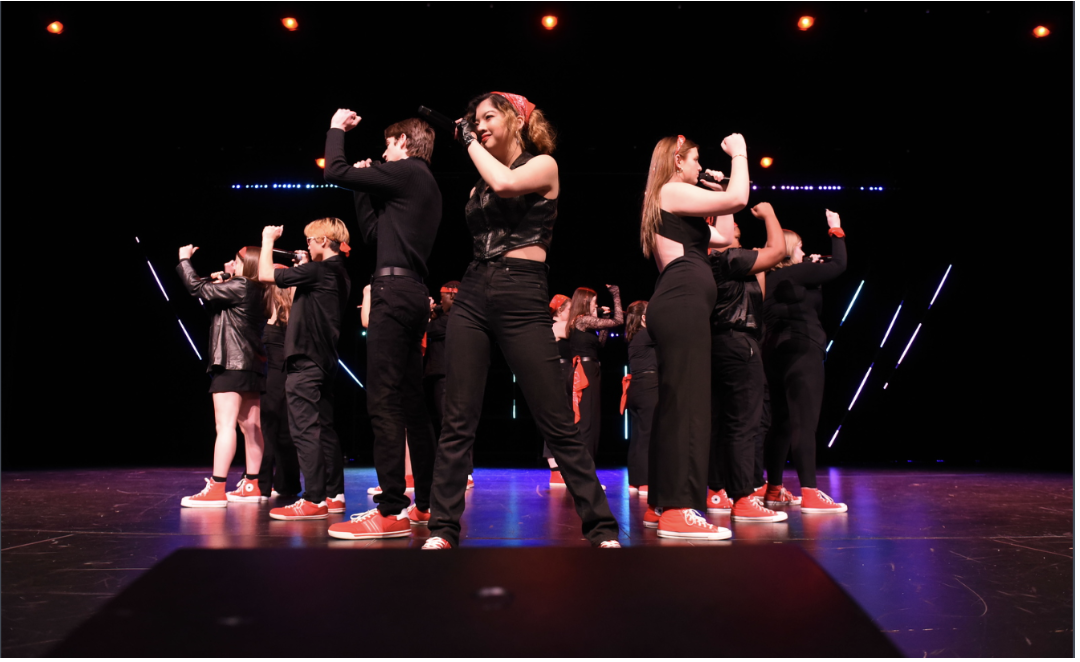


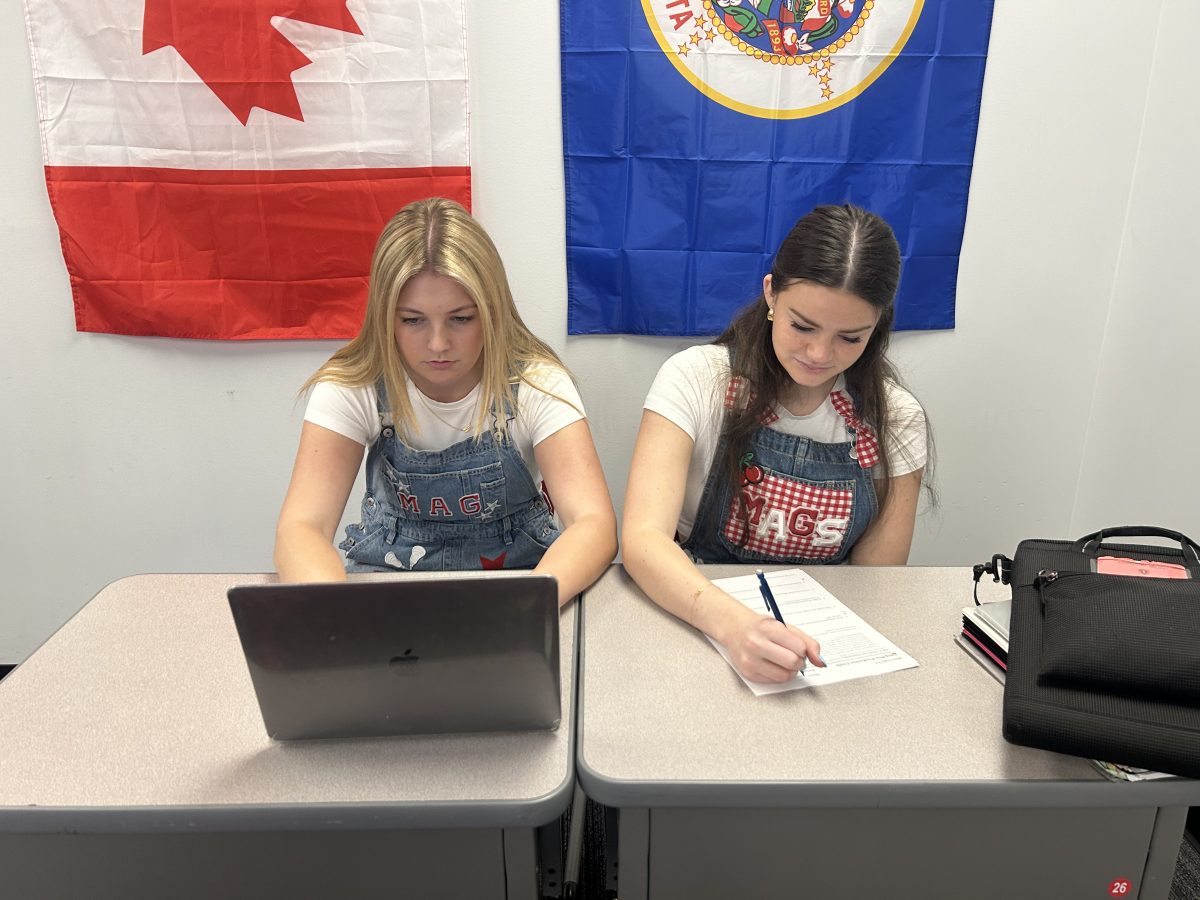

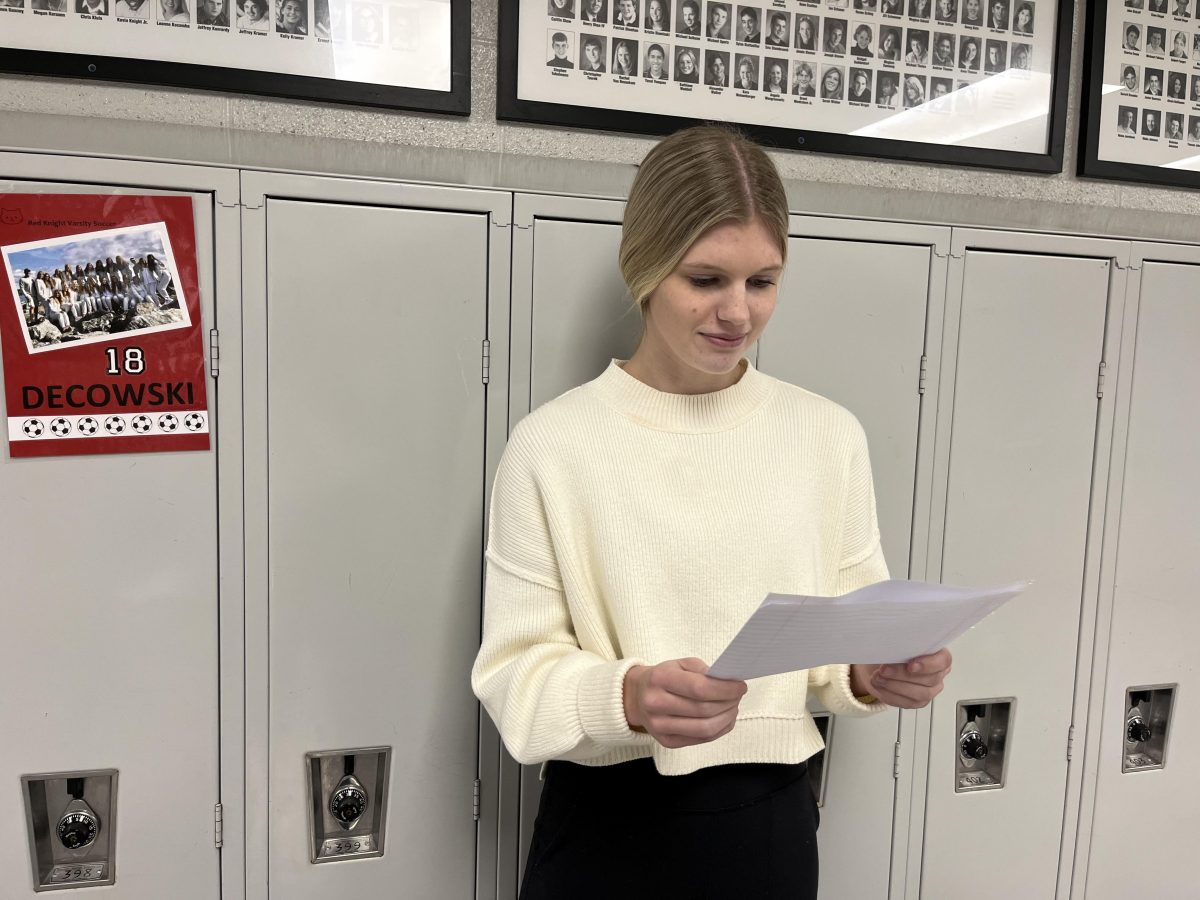
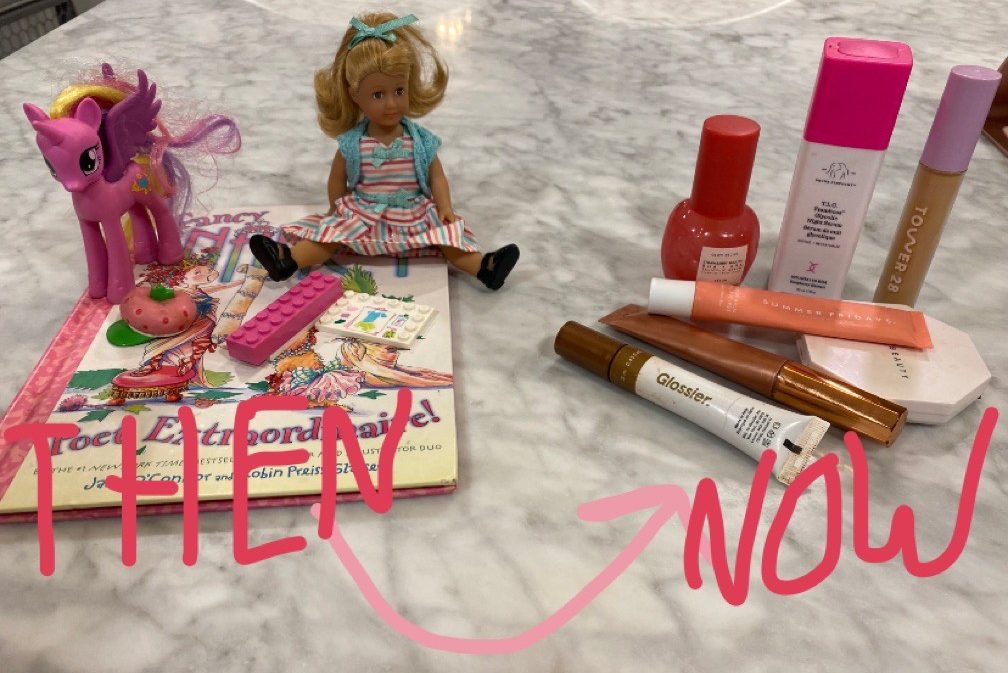





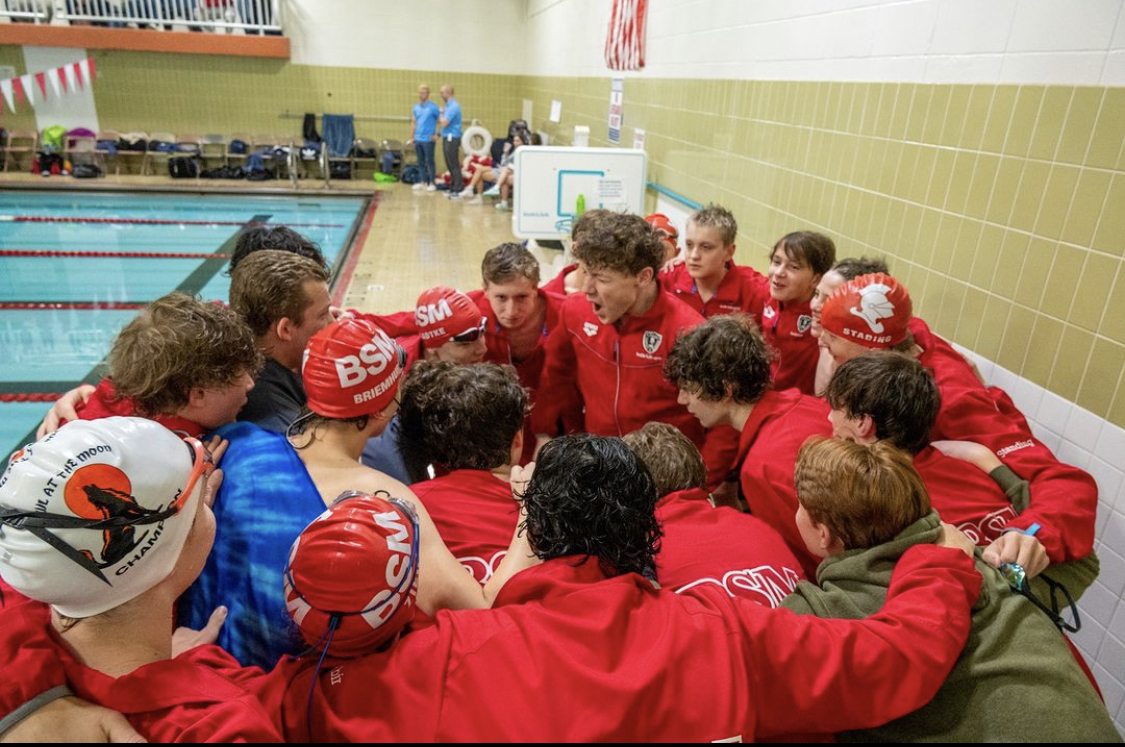








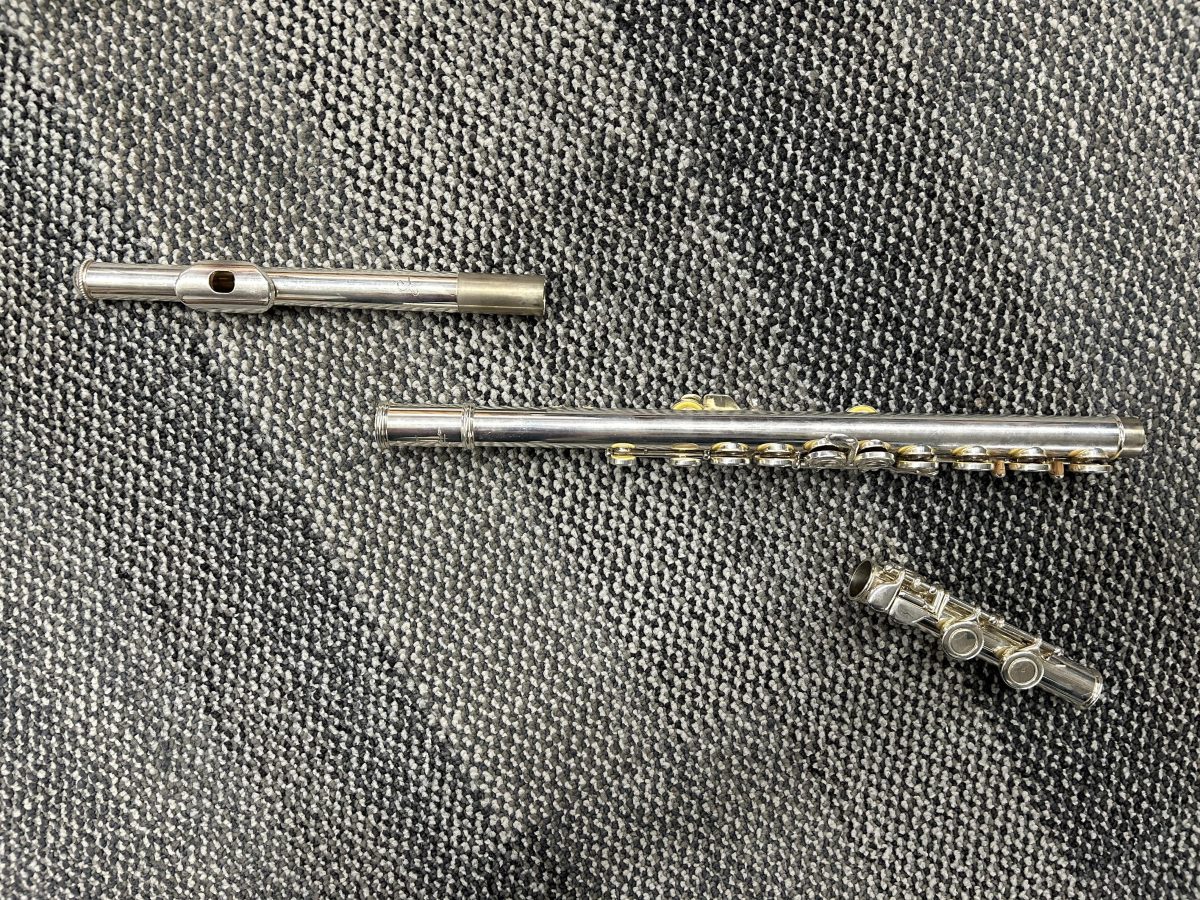















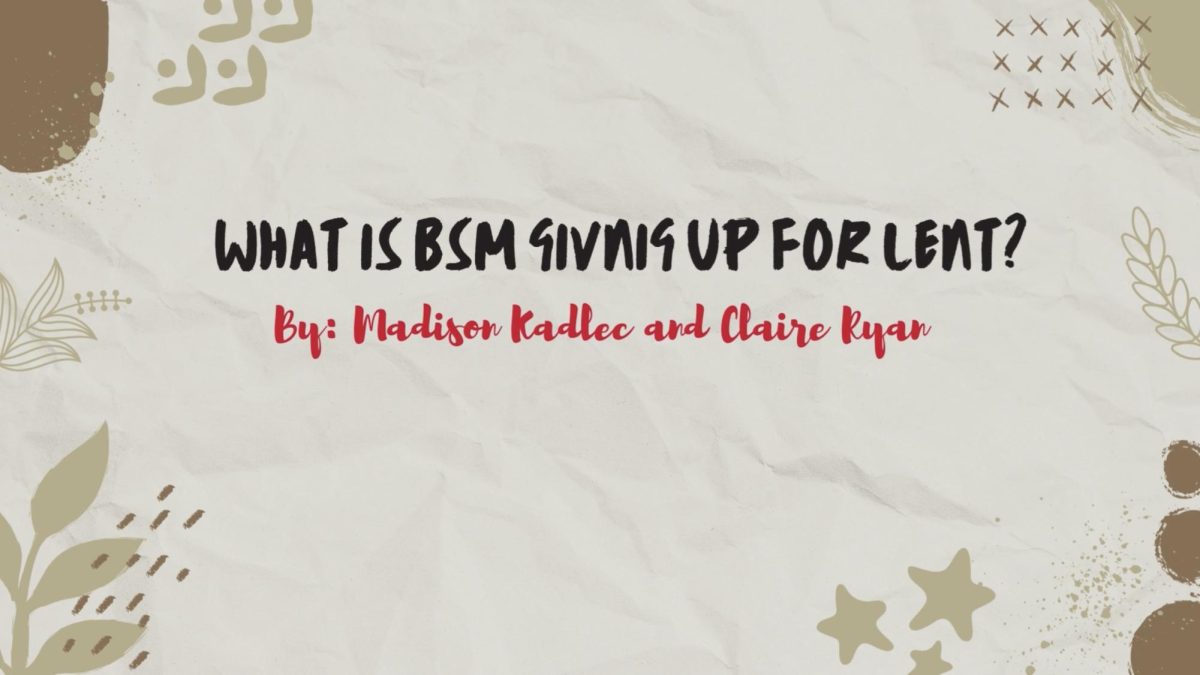



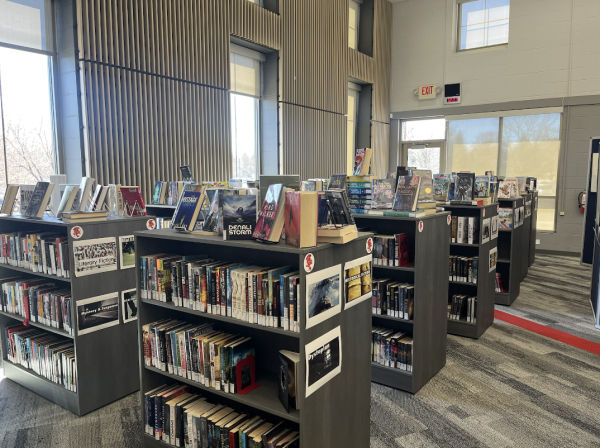

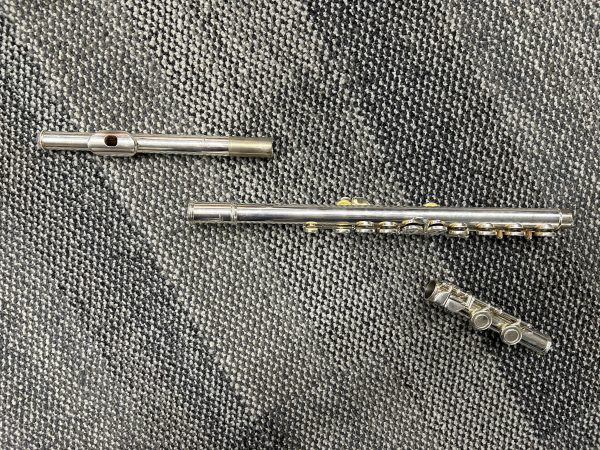


Michael Hawkins • Jan 8, 2014 at 7:44 pm
i used to think this way too, Parker.
i now believe that Varsity sports are for the best athletes that try out. I can
imagine a coach simply saying “I can cut you once, or I can cut you 26 times
’cause that’s how long the season is and that’s how many games you won’t
play in.”
Regarding the comments about at least being part of the team, reality says
that each player knows where they are in relation to the other players. Are
you sure that someone not cut really thinks/feels that they are the equal
to most all of the other team members?
I read everything you post on the KE and agree with 99% of it; sorry, not
this time.
Keep writing!
M. Hawkins